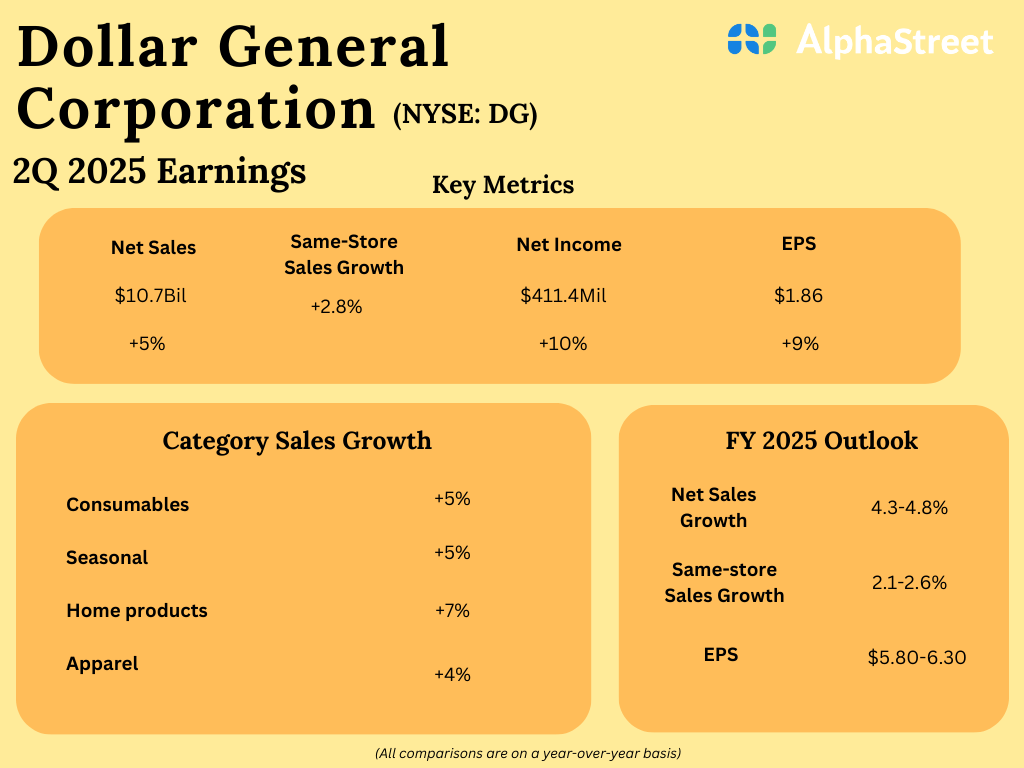It has never been more important to delve deeper into the role of capital markets in creating value for society. According to McKinsey, achieving net zero by 2050 would require about $9.2 trillion in investment per year over the next 30 years, but only about $5.7 trillion per year is being invested today. We are about 35% short of what we need each year.
Traditionally, private markets have been more actively involved in impact investments compared to public markets. However, to fill the massive investment gap, private markets cannot provide the scale for impact investing to reach the heights required.
Hari Balakrishna (pictured), portfolio manager of the T. Rowe Price Global Impact Equity strategy, spoke to FinanceAsia in an exclusive interview on wide-ranging topics of impact investments via public markets.
FA: Why impact investment via public capital markets?
Balakrishna: Our decision to launch an Impact Fund is rooted in the careful consideration of balancing impact investing with the risk of greenwashing. Until 2021, during an era of low-interest rates, there was a prevailing belief that one could achieve both performance and sustainability in investment portfolios. However, in recent years there is a growing sense of caution among capital market participants about what concessions are being made in pursuit of sustainable investment decisions. Impact investing emerges here as a compelling strategy.
I’m enthusiastic about impact investing for two reasons.
Firstly, it directly addresses concerns regarding greenwashing risks, which arise when there is ambiguity surrounding the interpretation of labels on ESG funds. Impact investing benefits from a widely accepted definition and framework established by organisations such as the Global Impact Investing Network, UN Global Compact, and the private equity sector. This framework provides a robust means of measuring, reporting, and defining impact, significantly reducing the risk of greenwashing.
Secondly, impact investing offers a clear and effective way to evaluate a company’s impact by applying established frameworks to public equities. This involves assessing a company’s ability to deliver positive, material, measurable, environmental, and social impact alongside financial returns. The emphasis on materiality and measurability in impact investing is important in mitigating the risk of greenwashing. Materiality is defined as a majority of revenues (exceeding 50%), aligned with delivering a positive impact. Measurability obliges a detailed examination of outcomes, such as the metric tons of CO2 mitigated. This meticulous approach distinguishes impact investing from the broader and often less precise categories of ESG and sustainable funds.
Despite impact investing representing a smaller niche within the market, it effectively assembles a portfolio of compelling companies with robust business models and favourable market trends. Most importantly, contrary to being perceived as a charitable endeavor, impact investing combines the goals of seeking returns and emphasising the superior financial performance of companies.
FA: What lessons can public market-based impact investments take from private markets that have seen impact investments for much longer? And what is more exciting in the public market impact investments space versus private markets?
Balakrishna: Impact investing frameworks have evolved over a longer history, tracing back to the inception of microfinance. Private markets, including private equity and venture capital, have been at the forefront here. Impact investing in public markets is a relatively new and less-explored area. The emphasis on measurable impact is a key element borrowed from private markets for public markets. This essentially means trying to satisfy the impact charter, to invest in material exposure of companies, but make sure to measure the outcomes from that investment.
The advantage of public markets is the scale they can achieve. This ability to engage and influence large-scale companies differentiates impact investing in public markets. The dialogue and impact achievable in the public space surpass those in smaller private investments.
FA: What would you say is the key difference between ESG investments and impact investments for an investor just starting on this journey?
Balakrishna: In contrast to broad ESG or sustainability approaches that mainly assess a company’s internal practices to avoid harm, impact investing takes a wider perspective. While still ensuring responsible operations, impact investing focuses on the external impact created by investments, actively seeking positive outcomes for the environment, society, or other targeted areas. The key distinction lies in actively contributing to positive changes rather than solely avoiding negative impacts.
FA: How is the capital markets funding winter affecting the impact investment space?
Balakrishna: Until 2021, there was a surge of investment in the ESG space, particularly in broad ESG funds that lacked a well-defined framework. The current market dynamics, with rising interest rates, have prompted a shift towards greater scrutiny of valuations, fostering a healthy environment for active managers to discern and select stocks based on genuine performance disparities.
Impact investing in public markets, being a nascent sub-sector, requires a selective approach. While there is substantial demand for this asset class, there is a period of digestion following the 2021 surge, with an anticipated steady flow of funds in the future. Undoubtedly, there has been a more measured approach to this space compared to the fervor of a few years ago.
However, the approach to impact investing is expected to resemble the evaluation of traditional fund managers, emphasising impact frameworks, stock selection strategies, and performance metrics in client discussions.
Asset owners, particularly pension funds, are navigating their ESG journeys and determining the role of impact within their broader asset allocation. Positioning impact as a satellite allocation within global equity exposure is a strategic move. By investing in the top 10 to 15% of the index in terms of impact delivery, the focus is on a smaller universe of around 400 companies.
These impact companies provide uncorrelated exposure to equities compared to mainstream global indices, presenting a differentiated investment opportunity. While there is a general openness and understanding of public market impact investments and their significance, the adoption of this new asset class is subject to careful consideration amid market volatility. The process involves evaluating how much to invest and when reflecting a pragmatic approach to change and this will take some time, given it’s a new asset class.
FA : Any lessons that capital market participants in Asia, that are entering the impact and ESG investment space, can take from participants in Europe?
Balakrishna: The key lessons from the past decade underscore the importance of rigorous evaluation in sustainable investing. Firstly, when considering sustainability, it is crucial to scrutinise the asset manager’s framework and ensure a direct link between the investment label and the actual outcomes. This helps guard against greenwashing and assures investors of the authenticity of their sustainability goals. Early investors in space may have encountered challenges in this regard.
Secondly, traditional fund analysis remains paramount in sustainable investing. Beyond assessing impact and ESG credentials, investors should prioritise evaluating risk management, portfolio construction, track record, and portfolio manager skills. Balancing the focus on both impact and financial returns is essential, akin to analysing any traditional equity fund. These lessons, drawn from the European experience over the last decade, emphasise the need for a comprehensive and balanced approach when navigating the evolving landscape of sustainable investing.
¬ Haymarket Media Limited. All rights reserved.








































